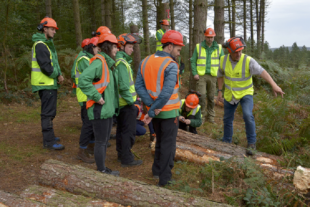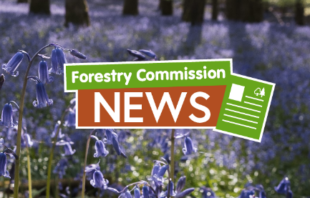 This World Nature Conservation Day, Emily Robinson, Content Officer at the Forestry Commission, celebrates some of the richest wildlife habitats in UK woodlands. Read to find out what can be found in the bright open spaces that punctuate our woodlands.
This World Nature Conservation Day, Emily Robinson, Content Officer at the Forestry Commission, celebrates some of the richest wildlife habitats in UK woodlands. Read to find out what can be found in the bright open spaces that punctuate our woodlands.
Forest rides, woodland edges and open glades form a network of biodiversity corridors that support a variety of species. These transitional zones, where light meets shade and grassland meets woodland, are home to some of our most valuable and at-risk ecosystems – making their conservation and management essential for protecting our natural heritage. These features are also especially important for people’s access to nature.
The interlinked wildlife communities of woodland openings
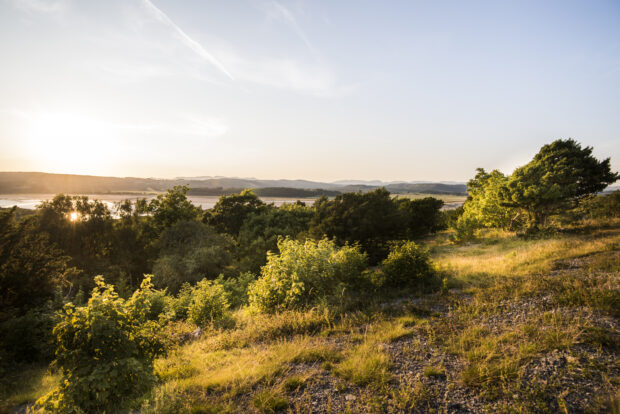
Plants and pollinators
The extra sunlight that streams into these areas encourages a mix of plants to flourish, creating perfect conditions for insects that have formed very specific relationships with certain plant species. Bees, hoverflies and butterflies that feed in sunny clearings often venture into the surrounding forest, helping cross-pollination of woodland plants.
The constant changes that take place in these dynamic spaces, from newly cleared areas to maturing edge vegetation, means that there is always something in bloom to support vital insect-plant partnerships.
Butterflies
Woodland edge habitats are essential for the survival and reproduction of many of our beautiful butterfly species. Open glades allow sunlight to reach the ground and create warm patches for butterflies, helping them to regulate their body temperatures for flying and breeding.
The diversity of flowering plants creates rich food sources for both adult butterflies and caterpillars. The change in environment between forest and clearing also creates habitat variety that suit species with different needs, from sun-loving species to those preferring partial shade.
The pearl-bordered fritillary, one of the UK’s most vulnerable butterflies, requires the precise conditions found in woodland clearings where there is abundant leaf litter and where dog violets cover the ground. Silver-washed fritillaries require broadleaved woodland with sunny rides and glades, whilst speckled wood butterflies prefer partially shaded woodland with dappled sunlight, similarly near rides and glades.
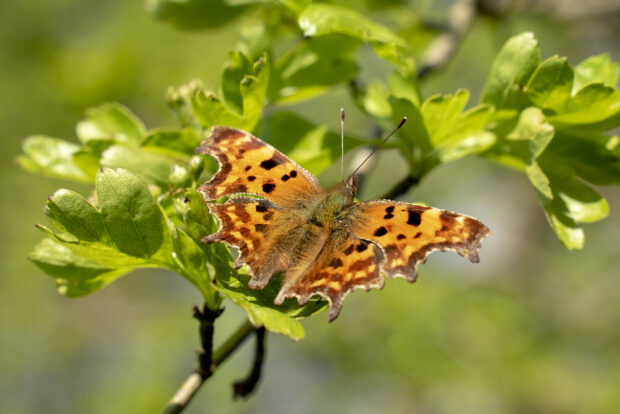
Without these openings, many woodland butterflies would lose the warm microclimates and structural habitat complexity that have supported their populations for centuries. These conditions have been created in the past through woodland management such as coppicing and associated timber production.
Birds
The variety found in forest edges creates valuable spaces for many birds, especially declining songbirds. This is because they offer insect-rich environments and dense, thicket nesting habitats that grow well in these transitional areas.
Forest openings provide foraging opportunities for insectivorous species (species that feed on insects), such as the spotted flycatcher that visits the UK during the warmer months. These birds are often seen flying in and around woodland edges and clearings.
Larger, open spaces within forests with less visitor pressure can create perfect nesting sites for sensitive ground-dwelling birds like nightjars. These birds nest on bare ground in recently cleared areas.
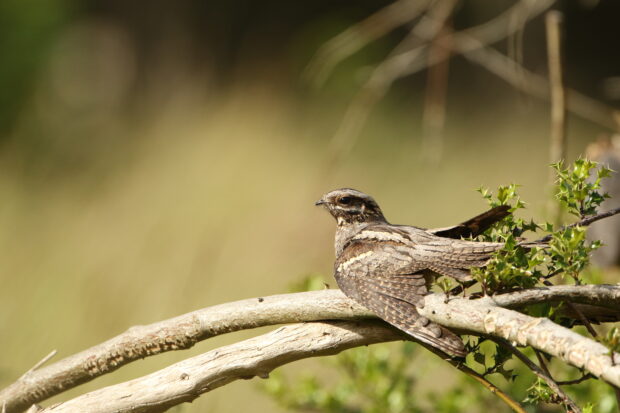
Tree pipits use scattered trees in open woodland, heathland and moorland fringes alongside scrubby areas, for nesting and foraging too. Similarly, yellowhammers are often found in woodland edges and hedgerows not only due to the seed-rich environment but again because of the exceptional insect diversity that woodland edges provide. This offers protein-rich food essential for breeding success.
The conditions created by openings stabilise the entire food web. The increased plant diversity supports more insects, which in turn sustains larger populations of insect-eating birds.
Small mammals and reptiles
Bank voles and wood mice use ride edges as highways between areas of habitat. They rely on the dense vegetation that grow well in these sunlit corridors for both shelter and food sources.
Bank voles use this to build their extensive tunnel systems beneath ride-edge vegetation, while wood mice benefit from the abundant seed production of edge plants for their underground stores. Common shrews hunt eagerly through leaf litter, their high metabolism driving them to consume their own body weight in insects daily.
For reptiles, forest openings offer a complex mosaic of open and semi-open areas. This provides the temperature variety needed to self-regulate body heat, essential for cold-blooded animals.
Slow worms, the UK’s legless lizards, bask on sun-warmed paths and hunt slugs that proliferate in damp ride edges. Common lizards dart between bracken leaves, while grass snakes patrol ride-edge ditches hunting for frogs and newts.
Adders may be found basking on sunny banks. Their presence indicating a healthy, undisturbed habitat.
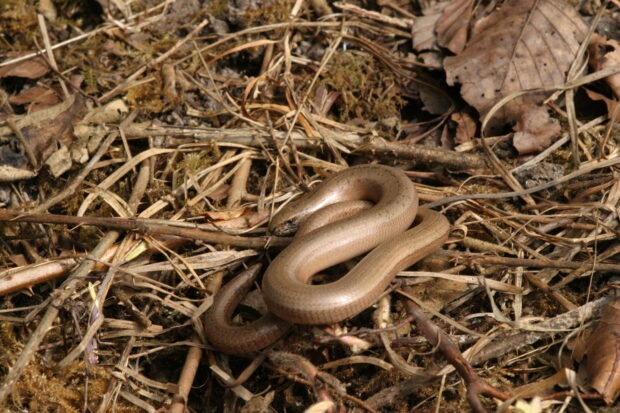
Protecting and connecting vital habitats
Woodland openings serve as vital ecological connections that reach far beyond their immediate boundaries. These spaces function as natural wildlife corridors, helping movement across increasingly fragmented semi-natural landscapes.
This connection is essential for maintaining genetic diversity in populations and allows species to adapt to environmental changes. Butterflies use rides as flight paths, while mammals follow these natural highways to find food, mates and new territories.
Over the last century, England has lost much of its edge habitat. This is due to reduced woodland management (especially coppicing), hedgerow removal and the introduction of more mechanised and intensive land management. Without active management, these open spaces quickly become overgrown, losing their unique plant and animal communities.
As we face the twin challenges of climate change and biodiversity loss, forest rides and edges will become increasingly important as stepping stones and refuges for wildlife. Investment in woodland management is investment in the resilience of our precious woodland ecosystems.
Creating and managing woodland edges
The UK Forestry Standard provides the framework for sustainable forest management across the UK, and emphasises that sustainable management must consider biodiversity, landscape context and apply woodland design principles.
It recognises that woodland edges are crucial design elements that help blend forests naturally into the landscape, with well-managed edges being essential for delivering the environmental benefits that sustainable forestry aims to achieve.
Effective woodland edge management involves creating gradual transitions between forest and open land, typically incorporating a diverse mix of native shrubs, wildflower meadows and scattered trees that provide both visual softening and ecological connectivity.
The Forestry Commission's guidance on edge design focuses on three key principles: integration with the surrounding landscape, building resilience against environmental pressures and maximising biodiversity benefits through habitat diversity.
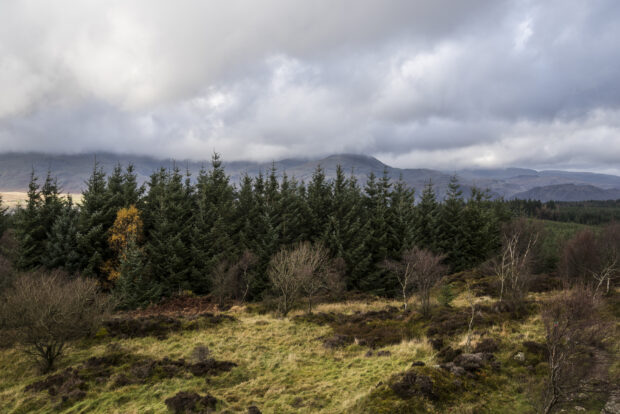
Nurturing the spaces between
These hidden havens within our woodlands remind us that conservation is not just about protecting our trees but nurturing the spaces in between.
Forest rides, edges and glades may occupy a small fraction of our woodland area, but their impact on biodiversity is profound. By recognising these transitional zones as essential corridors for wildlife, we can ensure that our forests remain vibrant, connected ecosystems that support the biodiversity within.
Discover more information on how trees and woodland benefit nature.

